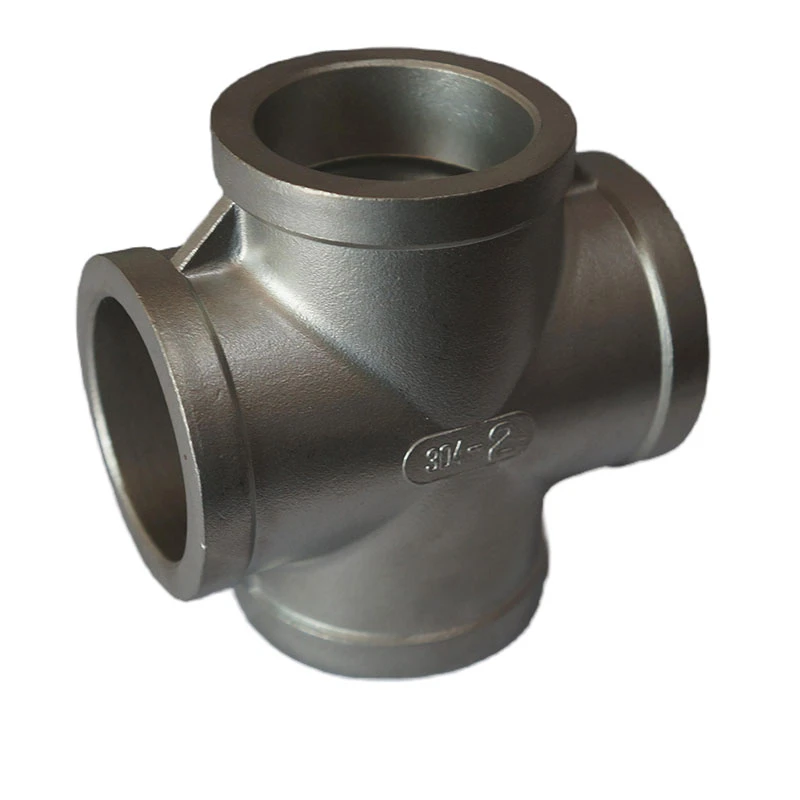Exploring Options for Purchasing High-Quality Casting Sand for Your Projects
Purchasing Casting Sand A Comprehensive Guide
When it comes to the foundry and metal casting industries, the importance of quality casting sand cannot be overstated. Casting sand serves as the primary mold material, influencing the quality and precision of the final product. For those looking to buy casting sand, understanding the different types available, their properties, and how to select the right one is crucial for achieving optimal results.
Types of Casting Sand
There are several types of sand used in metal casting, each possessing distinct characteristics that cater to various needs. The most common types include silica sand, zircon sand, and chromite sand.
1. Silica Sand This is the most widely used sand in metal casting due to its excellent heat resistance and lower production costs. Silica sand is primarily composed of silicon dioxide and is suitable for ferrous and non-ferrous metal casting applications. However, it is crucial to monitor the silica content, as high levels of crystalline silica can pose health risks to workers.
2. Zircon Sand Known for its high thermal stability and low expansion during heating, zircon sand is ideal for casting metals with complex geometries. It offers excellent surface finish and is less chemically reactive, making it suitable for precision casting applications.
3. Chromite Sand This sand has unique properties, such as high thermal conductivity and low thermal expansion, making it perfect for casting stainless steel and other high-alloyed materials. Chromite sand is more expensive than other types, but its performance in demanding applications may justify the increased costs.
Key Properties to Consider
When purchasing casting sand, several critical properties should influence your decision
- Grain Size The particle size distribution of the sand impacts the mold's texture and surface finish. Fine grains lead to better surface quality, while coarser grains enhance strength.
- Shape The shape of sand grains can affect the packing density and flowability, ultimately influencing the mold's strength and permeability.
buy casting sand

- Moisture Content The amount of moisture in sand can impact its compaction and bond strength. Excess moisture can lead to mold collapse, while insufficient moisture may result in poor surface finish.
- Thermal Stability The ability of sand to withstand high temperatures without breaking down is crucial for ensuring the integrity of molds during the casting process.
Where to Buy Casting Sand
Finding a reliable supplier of casting sand is essential for maintaining quality standards in your production processes. Here are some tips on where to purchase casting sand
1. Local Suppliers Many foundry supply companies stock casting sand. Building a relationship with local suppliers can provide insights into the best materials for your specific needs.
2. Online Marketplaces Websites like Alibaba or specialized foundry material suppliers offer a broad range of casting sands. However, always check reviews and ratings before making a purchase to ensure product quality.
3. Trade Shows and Expos Attending industry events can help you connect with manufacturers and suppliers of casting sand. Such events provide firsthand experience of the products and facilitate direct discussions about your requirements.
4. Technical Consultations Many suppliers offer technical assistance to help you select the most suitable casting sand for your application. Consulting with experts can provide valuable insights into current trends and innovations in casting sand technology.
Conclusion
Purchasing the right casting sand is a critical decision that can make or break your casting projects. By understanding the different types of casting sand, their properties, and the key factors to consider, you can make informed choices that will lead to high-quality, cost-effective outcomes. Whether you are a seasoned metal caster or new to the industry, investing time in selecting the right casting sand will pay off in the long run, ensuring the success and efficiency of your metal casting operations.
-
OEM Sand Cast Pump Valve Fittings - Baoding Hairun | Precision Engineering, CustomizableNewsJul.30,2025
-
OEM Sand Cast Pump Valve Fittings - Baoding Hairun Machinery And Equipment Trading Co., Ltd.NewsJul.30,2025
-
OEM Sand Cast Pump Valve Fittings - Baoding Hairun Machinery And Equipment Trading Co., Ltd.NewsJul.30,2025
-
OEM Sand Cast Pump Valve Fittings - Baoding Hairun Machinery|Precision Engineering&Fluid ControlNewsJul.30,2025
-
OEM Sand Cast Pump Valve Fittings - Baoding Hairun Machinery And Equipment Trading Co., Ltd.NewsJul.30,2025
-
OEM Sand Cast Pump Valve Fittings-Baoding Hairun Machinery And Equipment Trading Co., Ltd.NewsJul.30,2025















